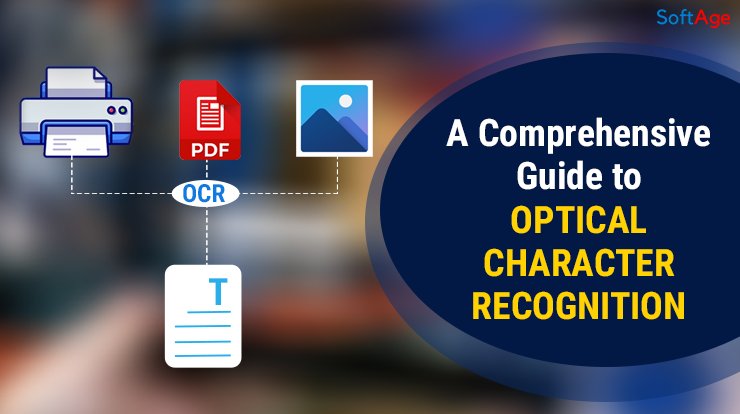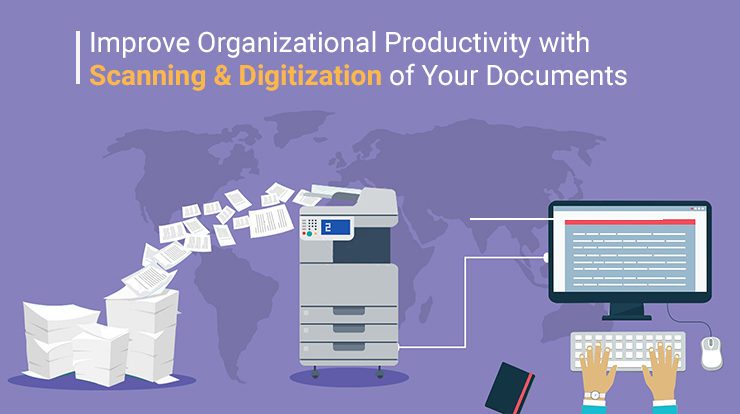
Technologies are changing lives everyday. We can see great to greater achievements in technology with every coming single day. With the role of internet, every platform is moving from offline medium to online medium. It is observed that customers are quite satisfied online as it fits their busy and scheduled lifestyle. The usage of a technology named OCR is increasing day by day. In this blog we will discuss about the technology known as OCR.
What is OCR?
OCR stands for Optical Character Recognition. OCR is basically process that creates an electronic version of a self written, hand written document. In simple words, it can also be seen as a scanning software that converts the offline version of document into electronic media. OCR is backbone of document digitization.
As the world is moving towards an Internet era, offline documents are being inaccessible. To make use of essential offline documents conversion into machine readable version is very important. OCR scans a document and converts hand written or typed offline document into machine-readable text. This machine readable text then is converted into desired format like pdf, jpeg. So, in simple words we can say that OCR systems convert a two-dimensional image of text into machine-readable text, which could include machine-printed or handwritten text.
Process of OCR
We understand the fact that OCR scans and digitizes the offline material to online, but what about its process. Here is a list of sub processes of optical character recognition that compiles to get the best desired output-
Image Scanning
First and the foremost step is to scan the image properly. If the document is not scanned properly, or we say we have unclear scanning will lead us nowhere. Clear and proper scanning is very essential for our process to go spontaneous.
Image Processing
Then the further processing of image takes place. An image is created as normal scanners create a virtual image of the scanned offline record.
Text Localization
Text localization is considered to be the one among first step where machine learning and artificial intelligence comes into play. Localization is clustering the text of the documents.
Text Recognition
Text recognition is the essential sub step enabled with machine learning. In this step, the virtual image texts are recognized on basis of AI and machine learning.
Character Segmentation
Character segmentation is the process in which recognized texts are set and indexed as per the word format. This step is initiated to make sure that meaningful words are set as it is they were present in the offline version.
Post Image Processing
In this sub set image is processed after completion of every other sub set. Image is processed enabling machine learning and AI. Clustered and recognized text is then segmented to form the best possible output of an electronic document.
Storage
The last step of the complete process is to store the converted document into database. Different types of data bases are used to store the document. Cloud storage is a trending technology to store documents online for any time use.
Benefits of Integrating AI with OCR
Process Automation
Integrating bots for document interpretation is important since it automates the entire process from beginning to end. All we have to do now is set up a learning workflow for the bots and sit back and relax. During the validation process, we may need to rectify any issues that the bots have found, such as errors or frauds.
Deployment
After the pipelines have been constructed, the deployment procedure takes less than a minute. We can have bots export APIs after they’ve been trained, or we can design a custom RPA solution that can be used in our own systems. This form of deployment can also help businesses streamline their operations and cut costs while posing relatively few risks.
Enhanced Processing
We’ll need to construct separate deep learning pipelines for different types of documents for general tasks like table and information extraction. This necessitates the development of many apps and the deployment of various models on various servers, which takes a significant amount of time and effort. We can also use APIs to combine various services and communicate with other businesses in terms of data retrieval.

